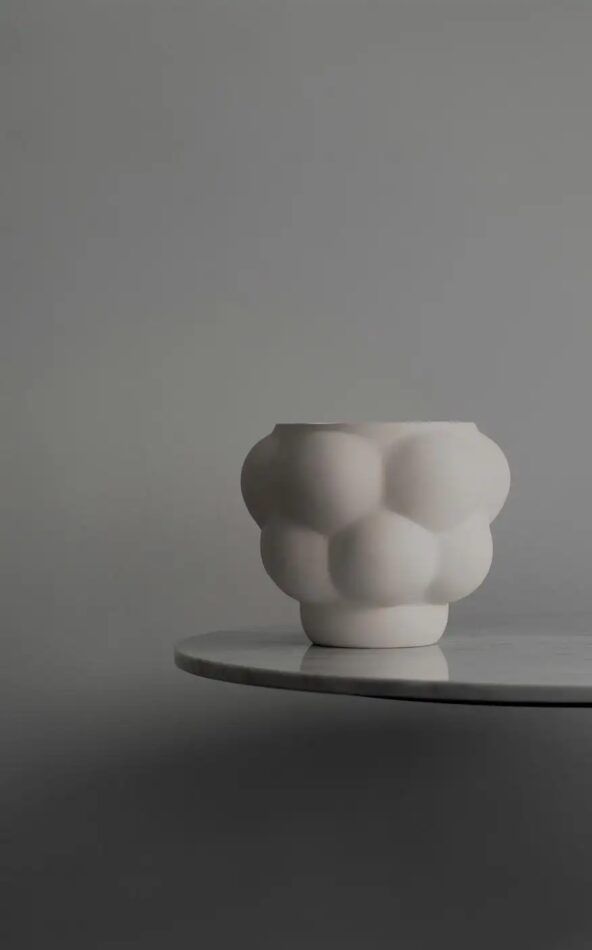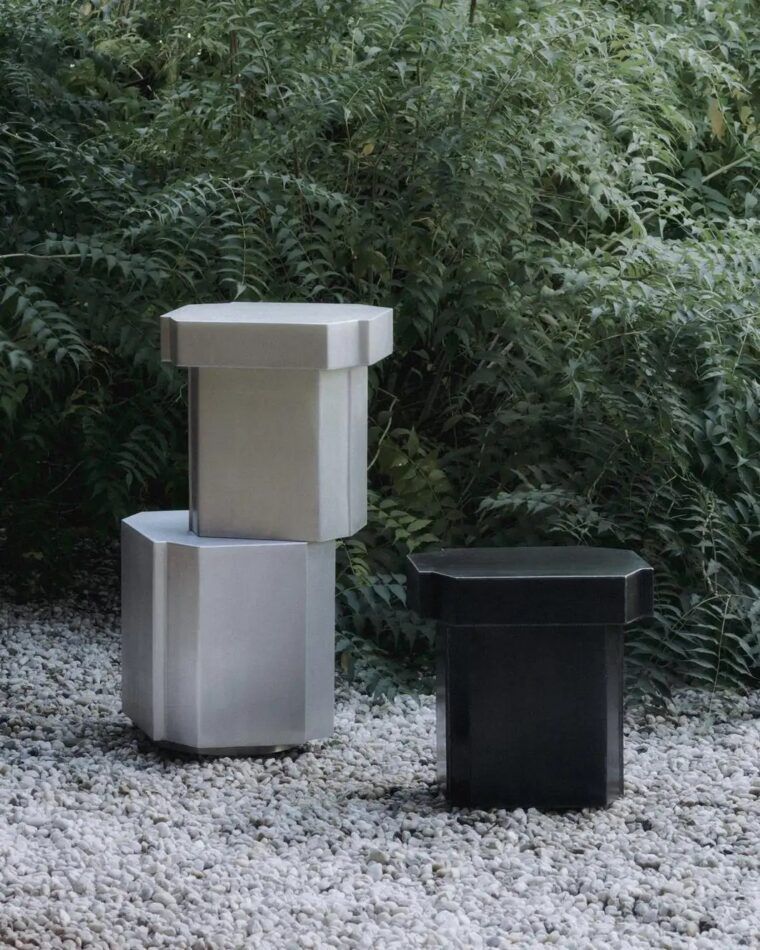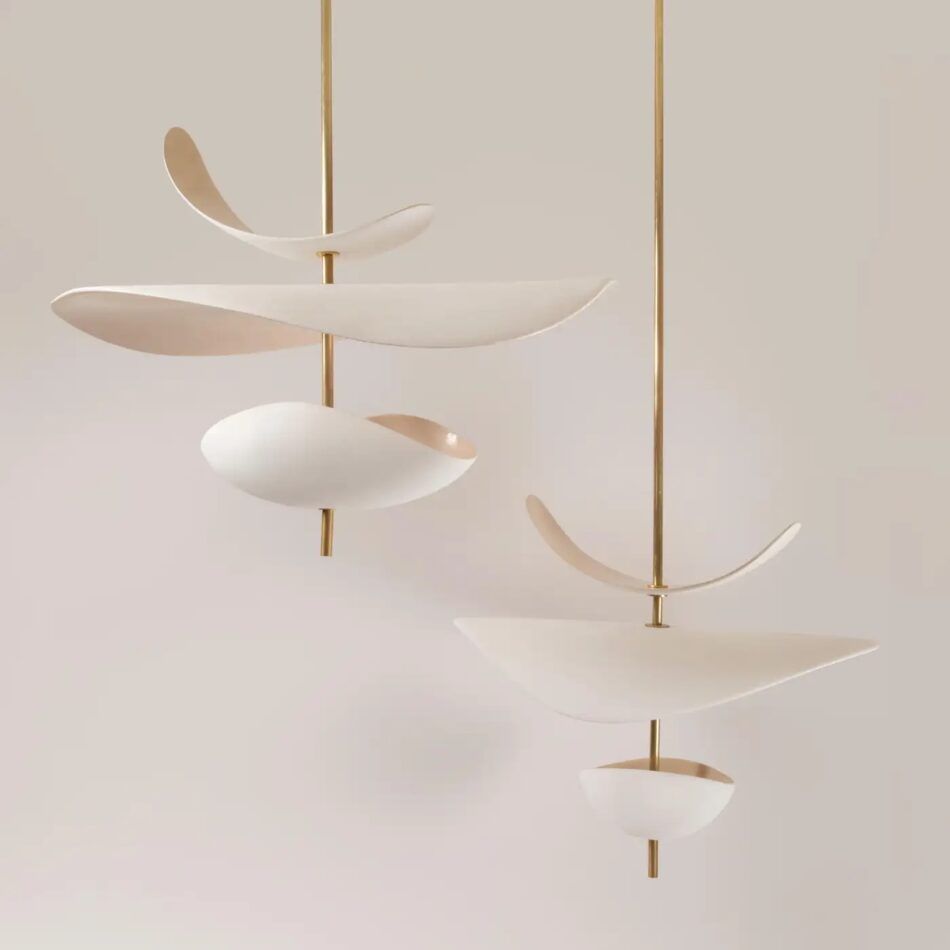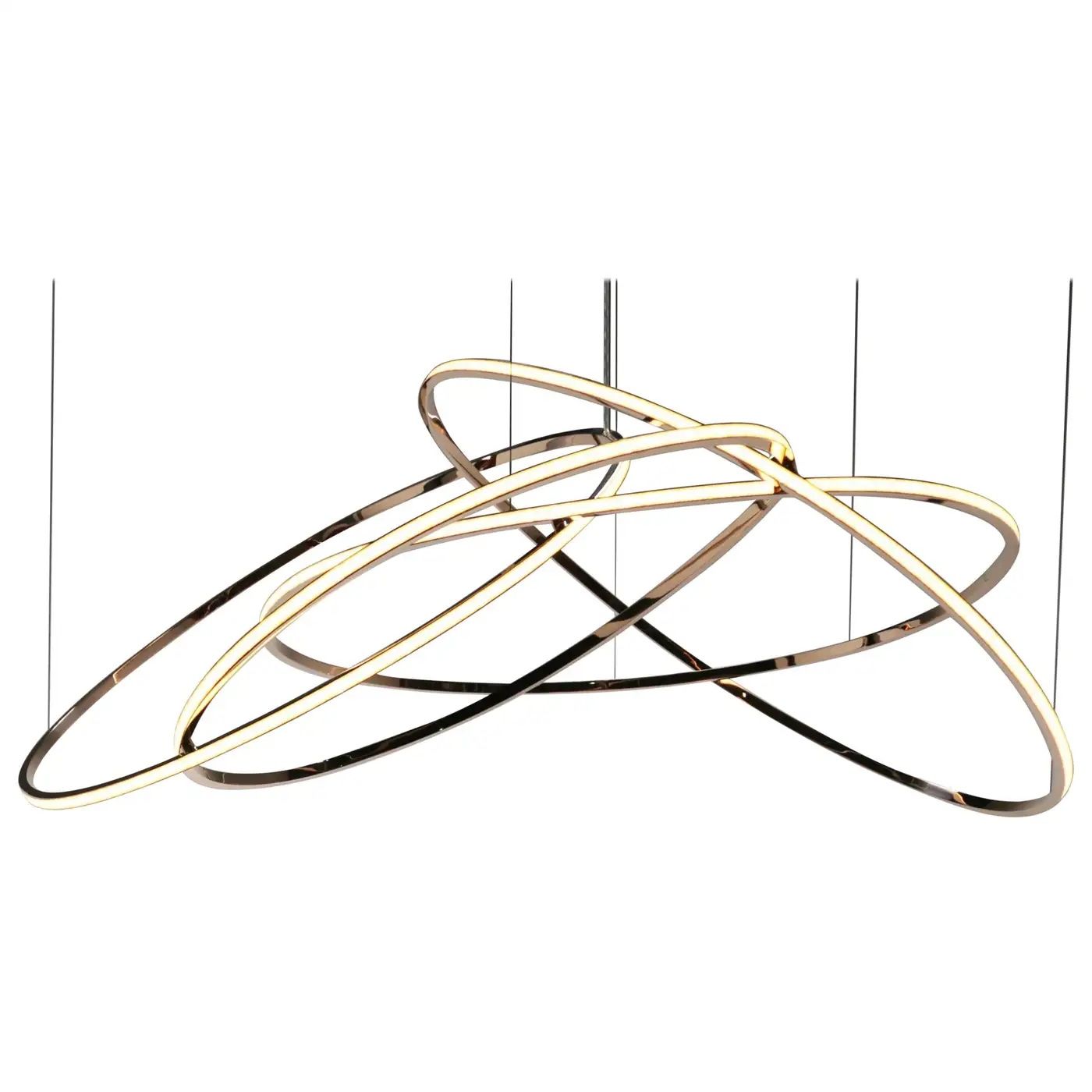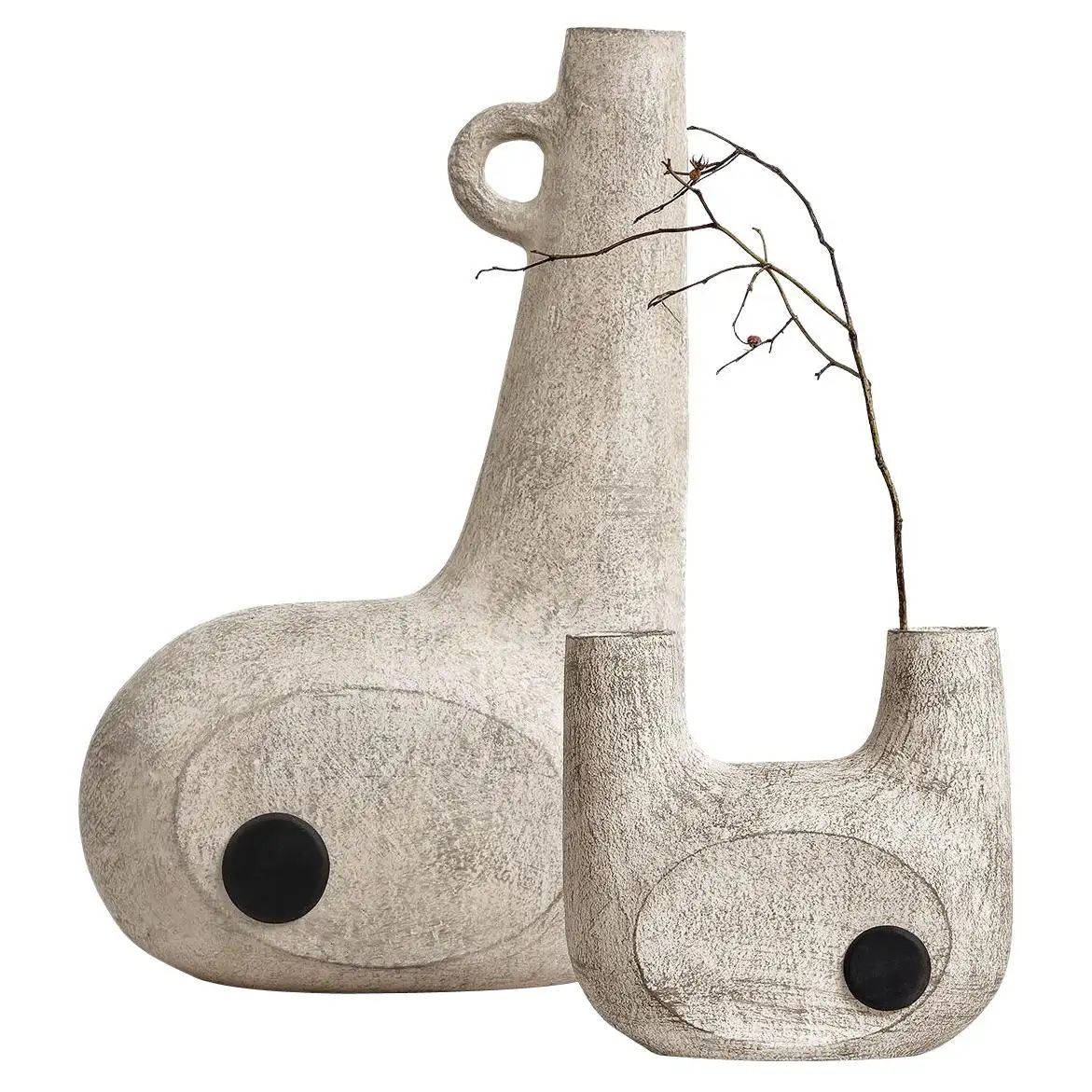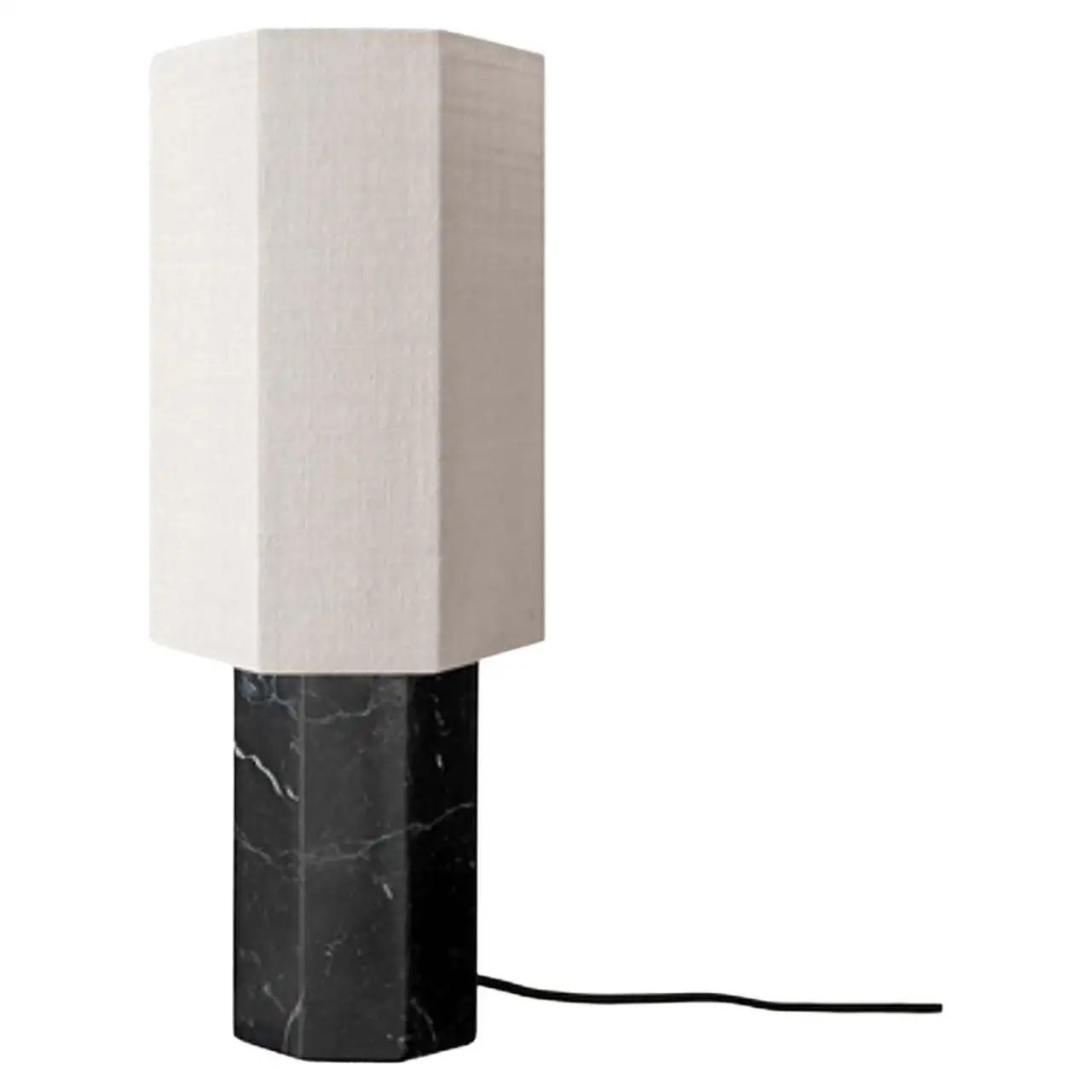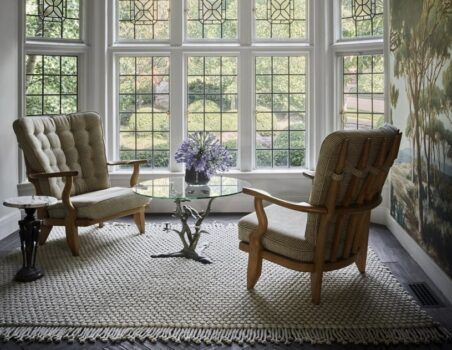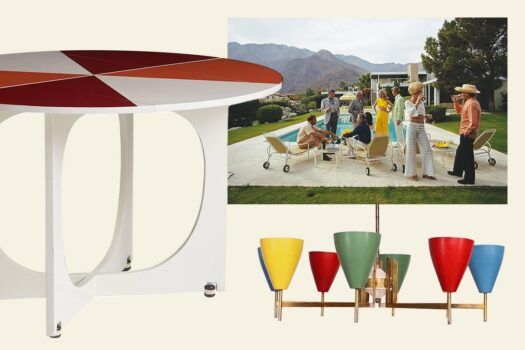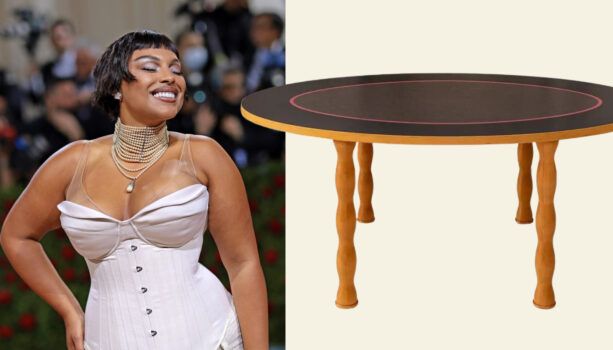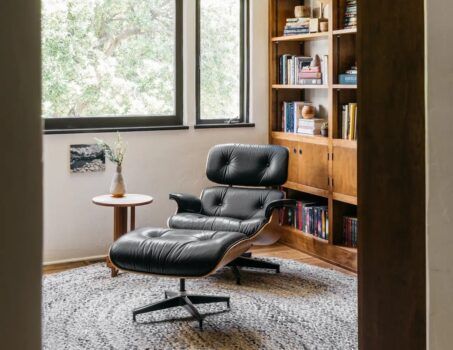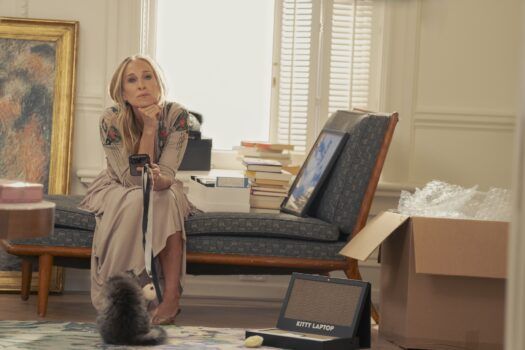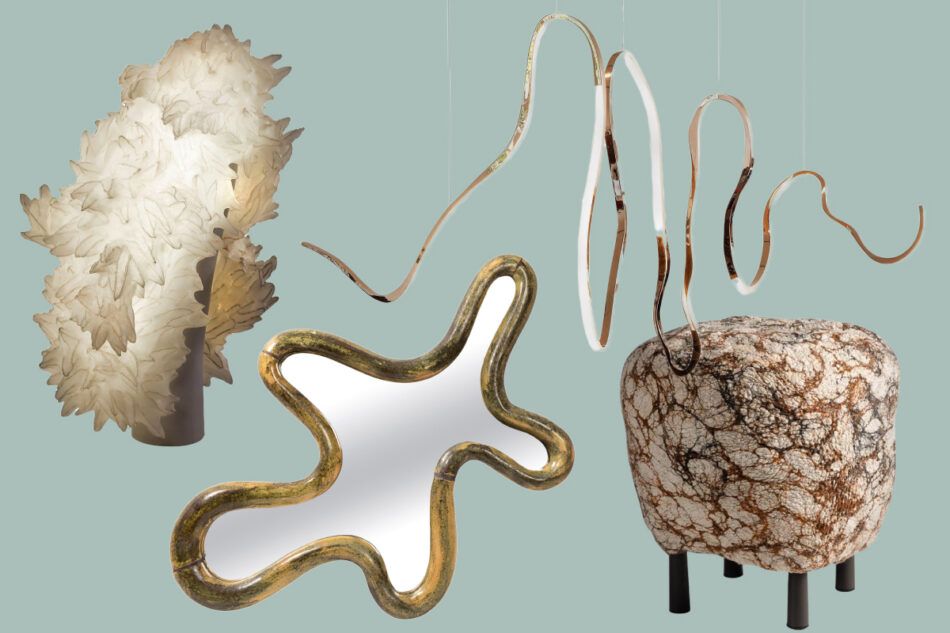
Is there something uniquely womanly about the work of female designers and makers? Contemplating the accomplishments of these five lauded talents — work that spans furniture, lighting, ceramics and more — one would have to say, well, maybe . . . yes.
Without exception, these international artists use curves to great advantage. Note Irish designer Niamh Barry’s twisting bronze light sculptures; the varied output of Victoria Yakusha’s company, Faina, which gives a Ukrainian twist to organic modernism in a wide range of decorative objects; the sensuous felted fiber pieces and otherworldly lighting produced in Ayala Serfaty’s Tel Aviv studio; the cloud-like ceramic vases of Danish designer Louise Roe; and the graceful free-form shapes of Paris-based Elsa Foulon’s mirrors and luminaires.
There’s nothing hard-edged, brutalist or monolithic here. The work is tactile and approachable, bearing the mark of the human hand — even when industrial processes are involved — and, more importantly, informed by the heart.
Niamh Barry
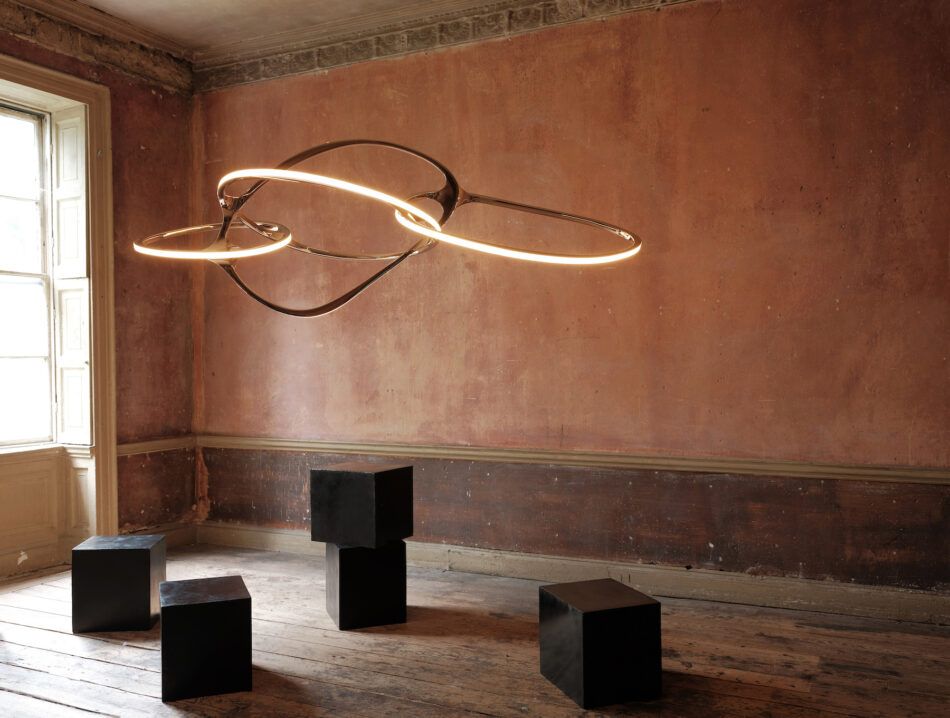
Niamh Barry works with bronze but, more than that, with light. She’s been creating sculptural lighting of bent, rolled, welded and hammered bronze since graduating from Dublin’s National College of Art and Design in 1991, gaining recognition in more recent years as a pioneer in the use of LEDs and, by the way, as something of an Irish national treasure.
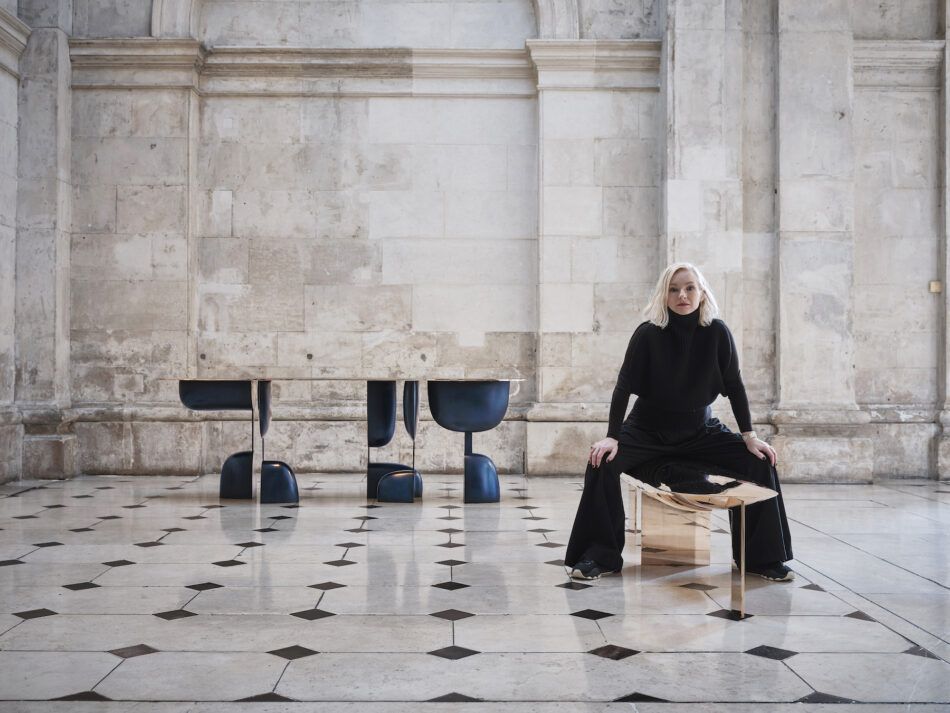
Barry’s work can be ethereal, like her delicate-looking suspended light sculptures On It Goes and Propulsion — more air than solid form, the coils and links like line drawings rendered in metal. It can also be dark, muscular and assertive, like the patinated-bronze Blackscape, a grouping of elemental boat-like shapes. “Bronze can take on many guises,” Barry says, “from a molten, flowing, mirror-polish fluidity to a dead, flat, dark form of strength and gravitas.”
Her ideas come from “always looking at everything, all the time,” she says. “It can be a monumental Richard Serra sculpture or a leaf on the ground. It all goes into the mind, percolates through and feeds my design language.”
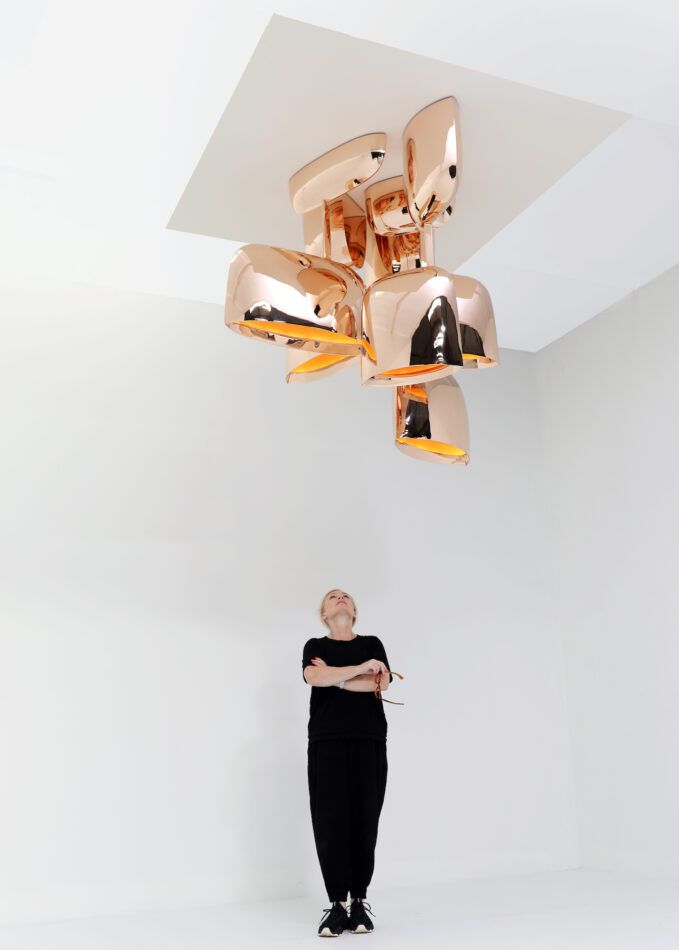
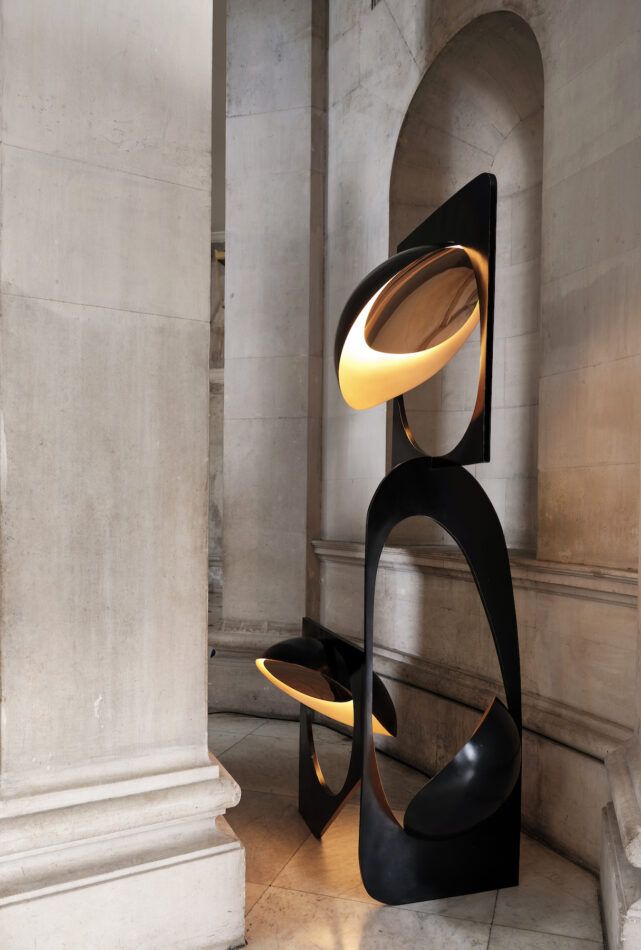
Forms begin with a sketch, then progress through computer modeling, evolving further in her countryside studio. “I collaborate with a wonderfully skilled team of craftspeople, using a combination of cutting-edge technology and age-old metalworking skills,” she says. “The work itself is a continuum of constantly exploring and teasing out. One thing leads to another in an organic and intuitive way.”
Victoria Yakusha
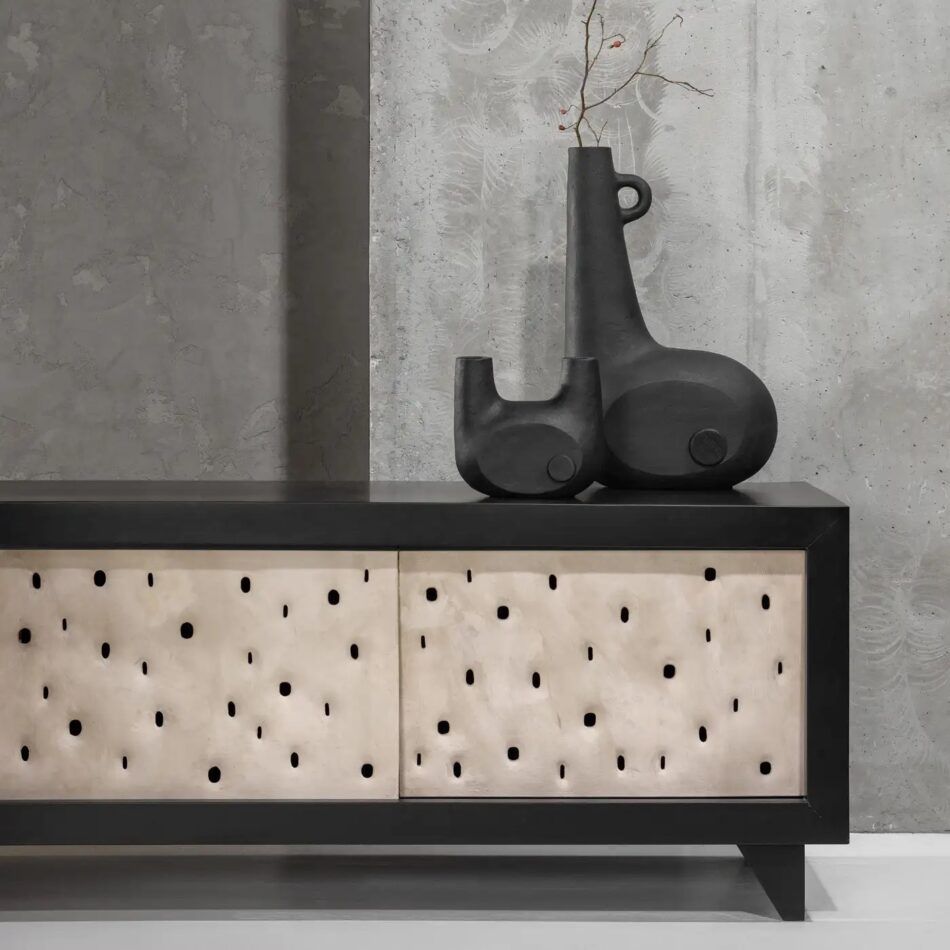
Victoria Yakusha’s main mission is to promote Ukrainian design to the wider world. In 2014, she launched her distinctive Faina (“Beauty”) brand of furniture, lighting and accessories based on Ukrainian folk craft and traditions to do just that.
Her designs are informed by her sensibilities as a contemporary architect trained in Ukraine and Paris, but also by a childhood spent in Ukraine’s rural Donetsk region, climbing trees, swimming in ponds and herding goats. “I appreciate minimalism, but I want it to feel alive,” Yakusha says of her work. That is evident in Faina’s appealing wares, including chairs, wicker lamps and woven wall hangings, as well as ceramic vases with forms inspired by traditional festive pottery.
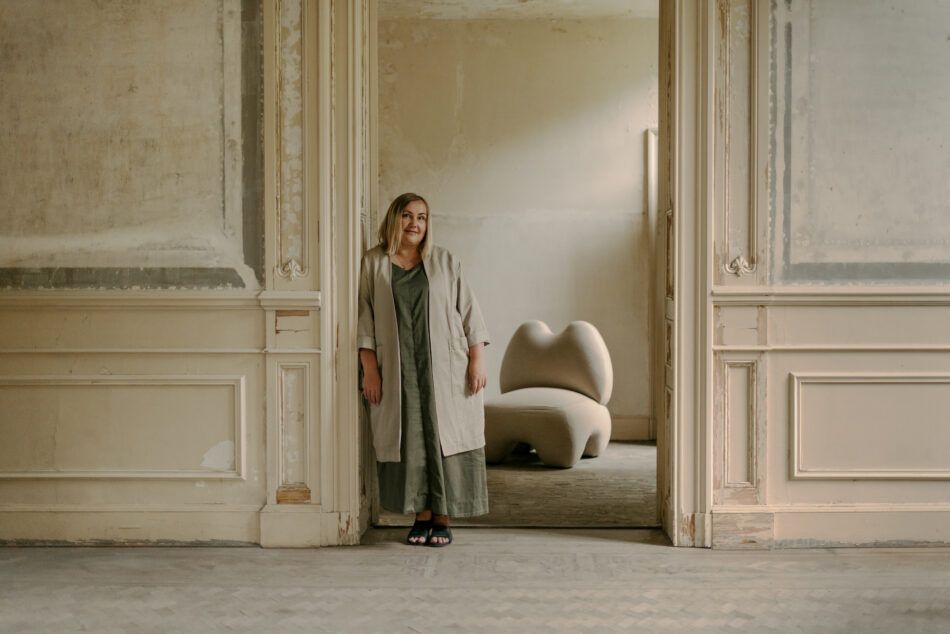
Everything is made by local artisans using regional materials and historical techniques. “Our tapestries are made in Lviv and our vases by local ceramists using Ukrainian clay,” Yakusha says. “It’s important to us to preserve and pass on traditional craftsmanship.”
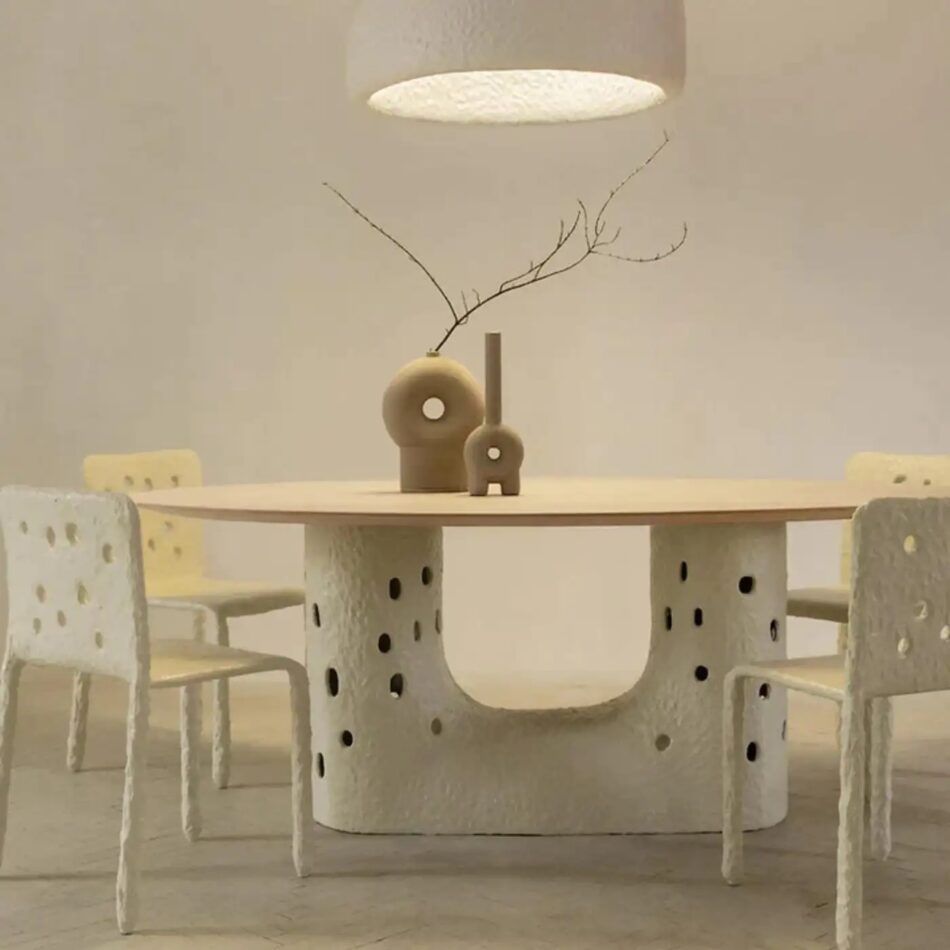
Faina even developed its own sustainable material, Ztista, a moldable dough made of recycled metal, cellulose, wood chips and clay. The result: a highly textured, organic look, consistent with her brand, that complements Yakusha’s unusual shapes. “The shapes I create are typically archetypal and uncommon. I hesitate to use the word unique,” Yakusha says, “but they’re certainly not ordinary.”
Ayala Serfaty
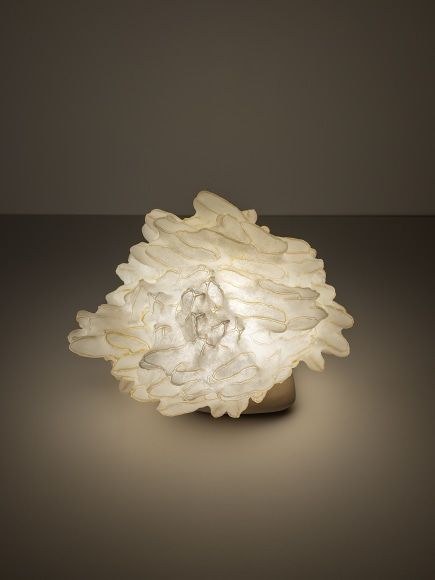
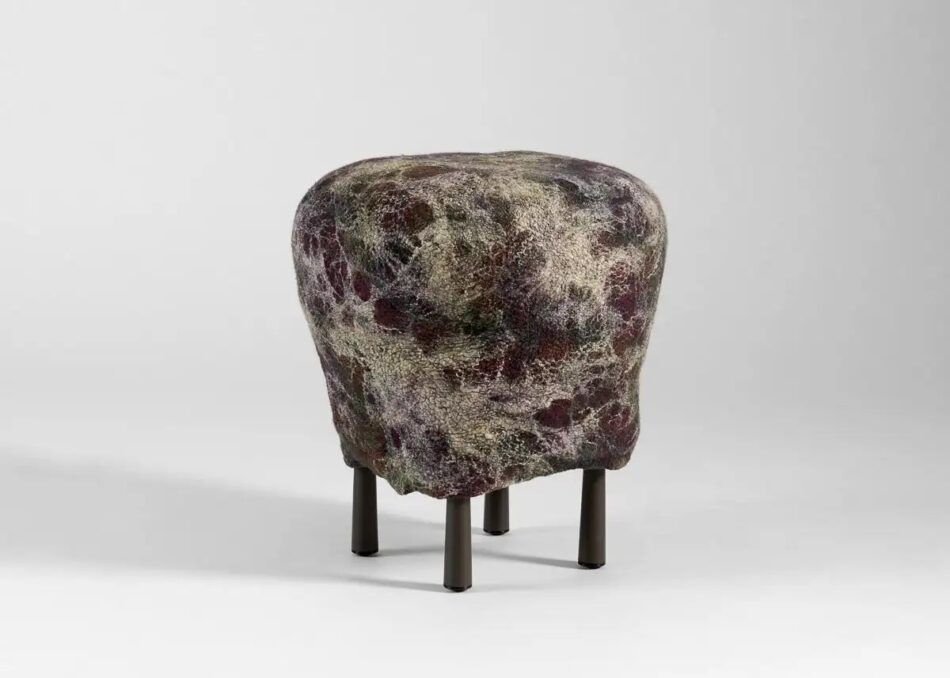
Ayala Serfaty’s hand-tufted felt furnishings and lighting pieces of woven glass look like things you might encounter in an enchanted forest or underwater cave — hitherto unknown shapes that dazzle as they challenge.
After training as a painter at Jerusalem’s prestigious Bezalel Academy of Arts and Design, Serfaty worked as a prop builder for theater and film. Her career in design began with an aha moment in the mid 1980s, while she was snorkeling in the Red Sea. “I imagined if coral was soft, it could be a chair. I left the water and immediately started drawing,” Serfaty recalls. For two years, she worked in isolation. “I made a point of not studying other designers. I wanted to find my own way and be truly authentic.”
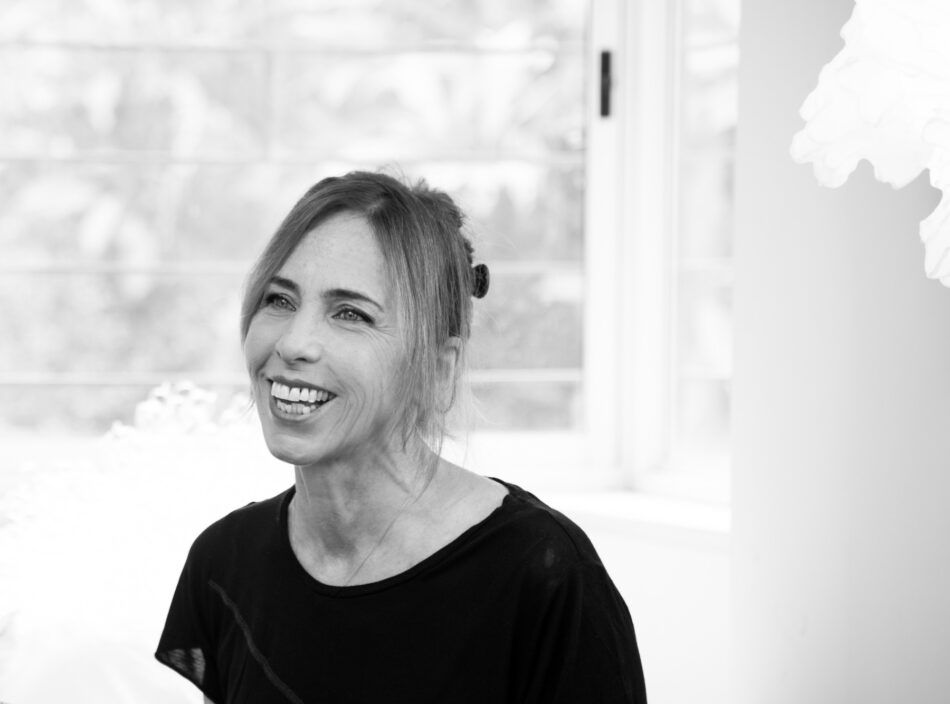
Serfaty’s unconventional work, which is in the permanent collections of the Metropolitan Museum of Art in New York and the Musée des Arts décoratifs in Paris, among others, is driven by materiality, she says. Most recently, she’s been exploring bronze, combining it with 3D-printing technology to create the Janus series of coffee tables, named after the two-faced Roman god of beginnings, transitions and endings.
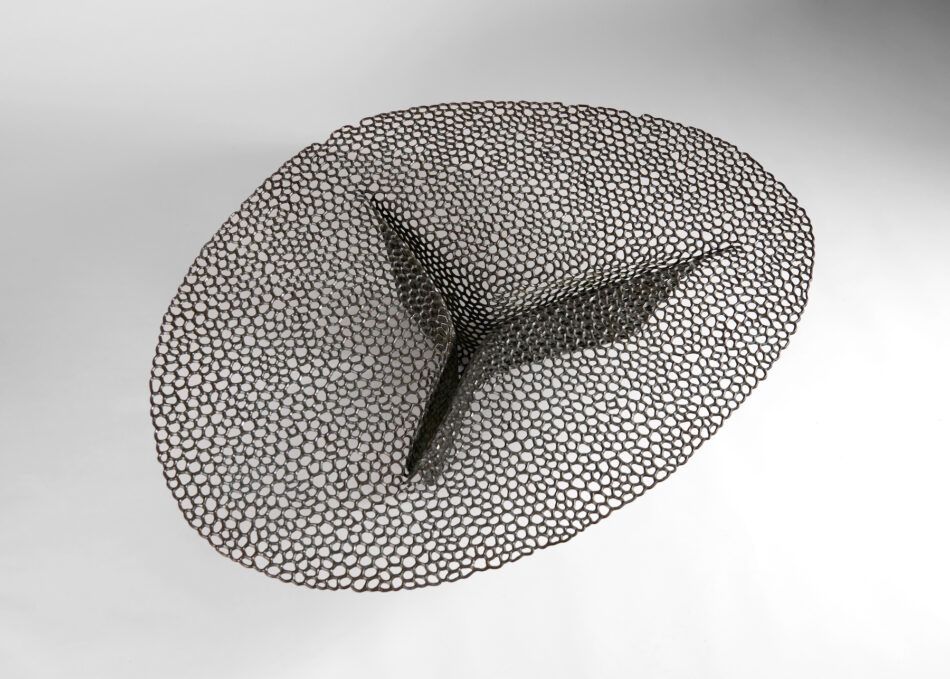
“Eventually, I found a way to realize lace in bronze,” Serfaty says, describing the effect she achieved in the Janus pieces. “It’s the latest manifestation of my ongoing research into natural structure and organic abstraction.” She sees the collection as an extension of her acclaimed Rapa fiber-art seating pieces and inspired Soma series of glass and polymer light sculptures — “ancient materials used in a new way.”
Louise Roe
Copenhagen-based Louise Roe thinks of each of her many collections — which comprise vases, furniture, lighting, tableware, glassware, rugs and more — as a “family,” she says. Every piece has its own character but is related to the others, able to stand alone or as part of a group.
“I have an eye for the Bauhaus period, and my aesthetic is architectural,” Roe says of the brand’s clean-lined designs. “Much of my inspiration derives from geometric shapes. But it extends beyond mere simplicity. It’s akin to cooking, all about the harmony of elements, each contributing to a distinctive energy when combined.”
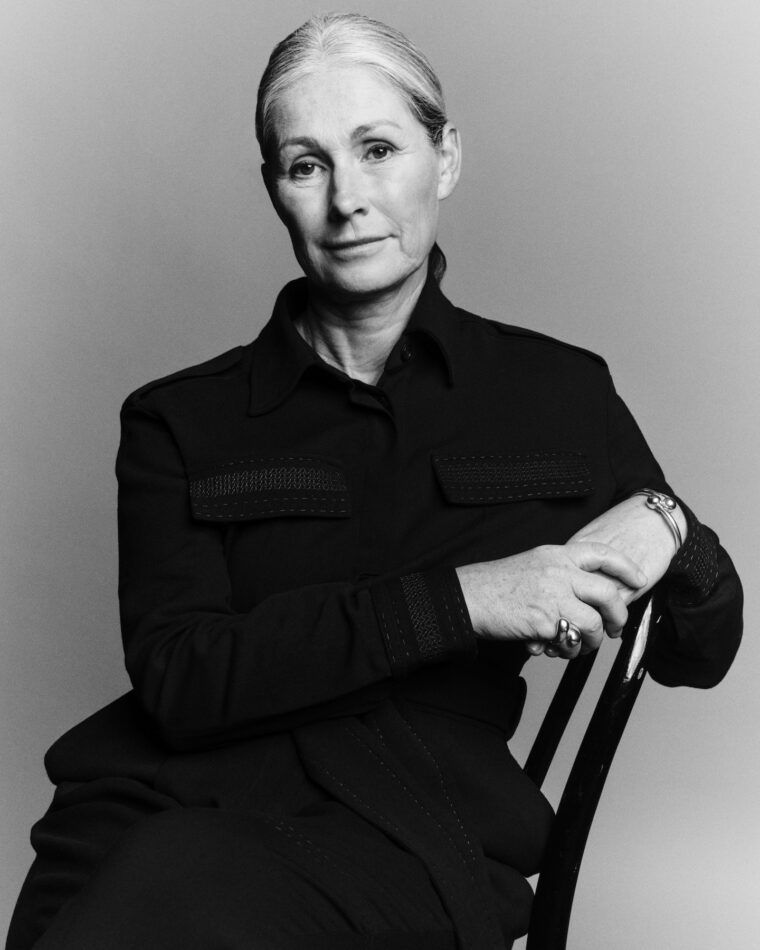
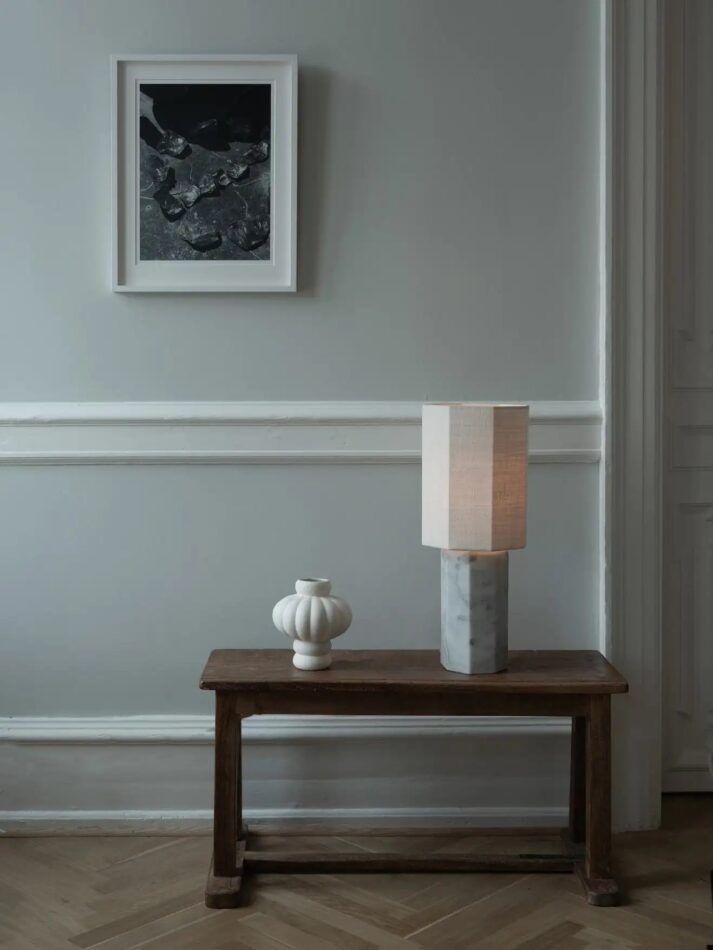
Trained as a fashion designer, Roe leveraged her fashion-industry production experience to found her own design company, in 2010, manufacturing a vast array of pieces with intriguingly original shapes in Denmark, Portugal and elsewhere in Europe. Her well-known Balloon vases, available in a range of soft colors, are distinguished by rounded, convex forms and matte finishes. The Eight Over Eight table lamp is so called because its octagonal fabric shade tops an eight-sided base of smooth marble.
Roe’s process begins not on a computer, as so many of today’s product designs do, but with wax. “I enjoy making small wax models,” she says. “This hands-on approach gives me a quick way of visualizing ideas and evaluating proportions in 3D, making it easier to comprehend the potential of a prototype. While I don’t physically produce the final product — our immensely skilled craftspeople do — I love to immerse myself in the tactile experience.”
Elsa Foulon
Paris-based Elsa Foulon has been honing her eye for decorative arts all her still-young life, first as the daughter of an antiques dealer and then as one herself, with a speciality in 20th-century design. Her technical and artistic skills remained dormant until she decided to pick up a pencil and start sketching. “I taught myself the profession of designer and the practice of ceramics,” she says.
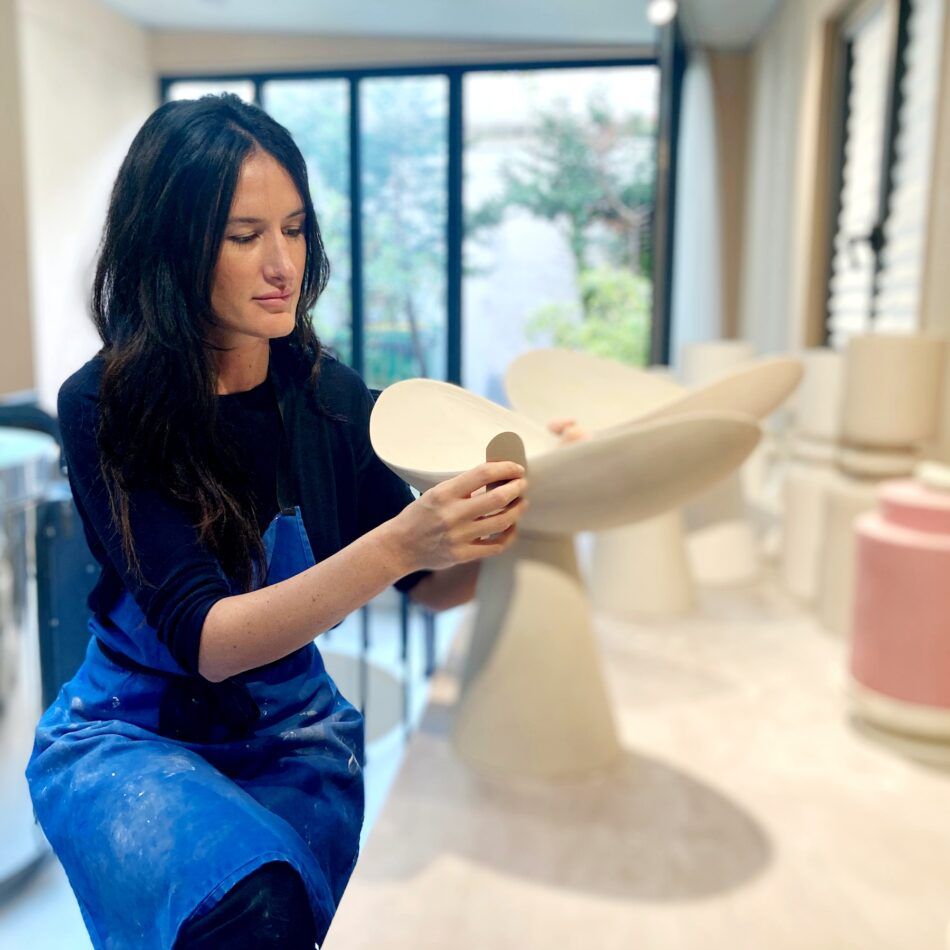
Three years ago, she set up a studio. “It came naturally for me to specialize in lighting,” she explains. “I like to give a physical form, a receptacle, to the immaterial radiation of light.” Inspiration came partly from the work of Émile Gallé and René Lalique, master glass and lighting makers of the Art Deco era. “It was at the beginning of the 20th century that lighting fixtures acquired the status of art,” Foulon points out. Ingo Maurer, the German industrial designer who led the field of lighting design into the 21st century, also sparked her creativity.
Foulon developed her own technique to produce free-form pendants and sconces of ceramic and brass, which emit light softly from the discreet curves of their pure sculptural forms, along with floor lamps, table lamps and mirrors. The assuredness and refinement of Foulon’s designs belie the newness of her venture. “Being self-taught offers me great freedom,” she says. “I invent my own rules.”
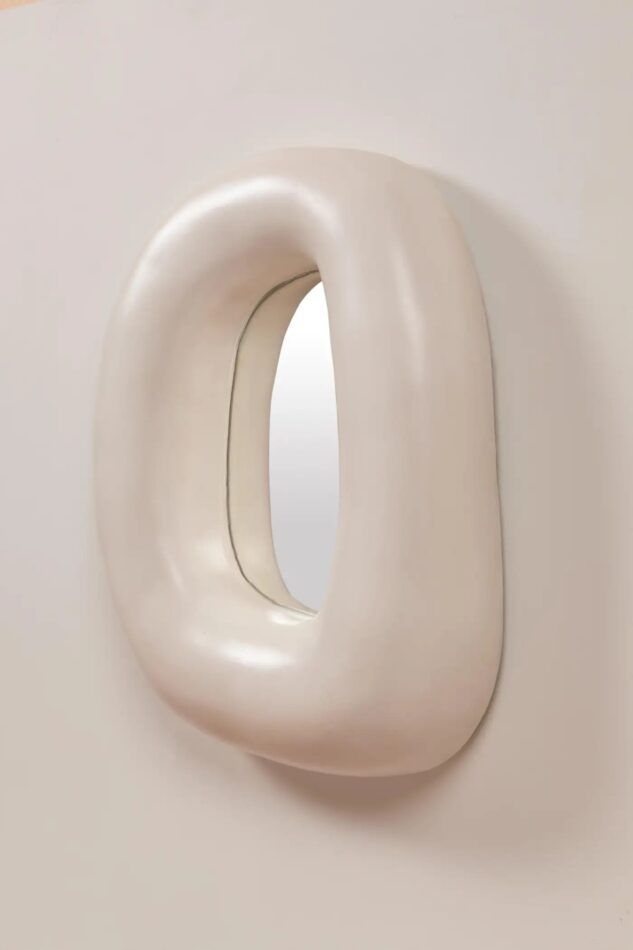
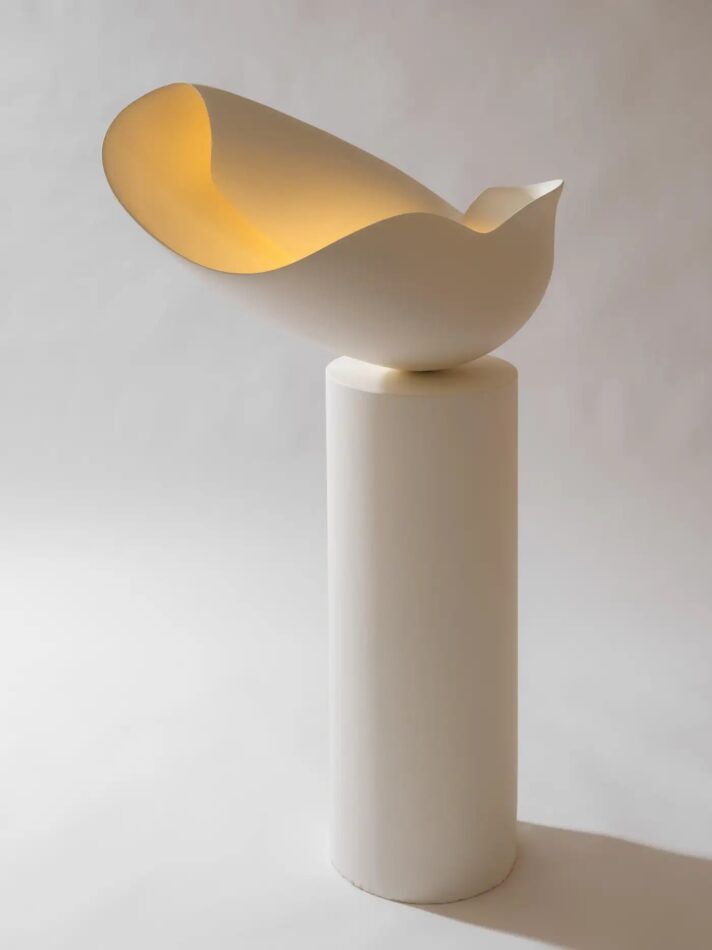
All production is by her own hand in her Paris workshop, in one-offs or very limited editions. “I am touched to imagine my creations having lives elsewhere,” Foulon says. “I imagine a warm family dinner under two Antigone pendants, overlooked by the glow.”
